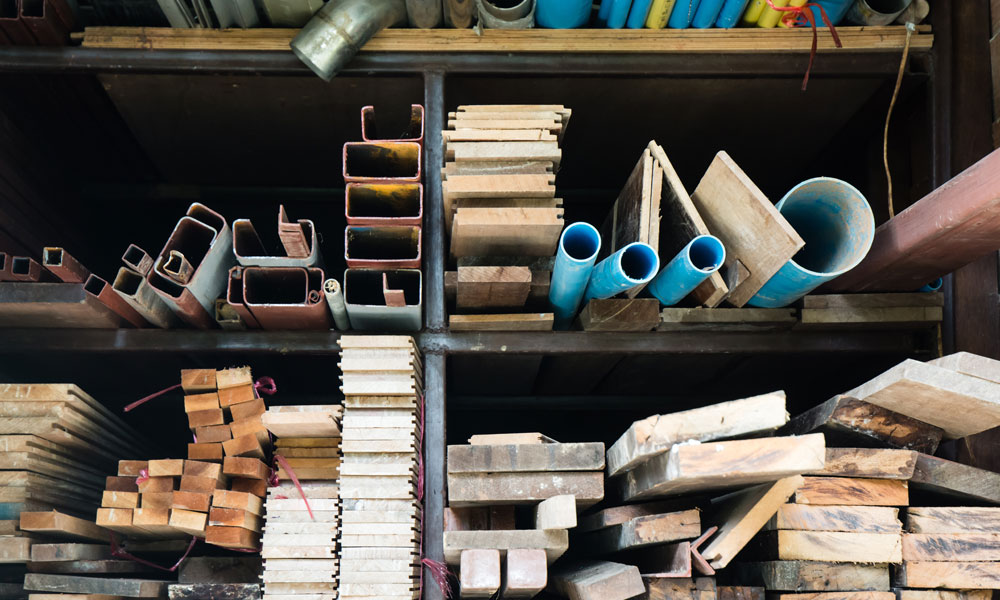News November 02, 2017
Material Costs Could Drive Prices Higher in 2018, Suppliers Warn
Chinese factory closures and the rising cost of raw materials are proving to be a challenging combination for promotional products suppliers, many of whom are being forced to increase their prices in the coming year.
Price increases could range from 4%-19% on raw materials, according to one supplier, as factories seem to be purchasing and storing commodity materials in great volumes in preparation for economic instability. “Silicon, PVC and magnets are three areas I know that are for sure being impacted,” said CJ Schmidt, president of Top 40 supplier Hit Promotional Products (asi/61125).
The cost of metals, oil and petroleum, among other materials, has significantly risen this year due to higher demand, slower production and waning availability in China. As a result of government-sanctioned environmental inspections, more than 80,000 factories in China have been closed this past year due to pollution concerns, according to Sourcing Journal. Nearly 14,000 companies, about 70% of the businesses examined, failed to meet environmental standards for controlling air pollution, the Ministry of Environmental Protection (MEP) reported in June. Since then, many suppliers have dealt with slowed production and shipment delays, greatly impacting their business, especially heading into the holiday season.
“The Chinese government does whatever it wants, when it wants,” said Jeff Brown, president of the hard goods division at Top 40 supplier Polyconcept North America (PCNA). “When they make changes, they’re not phased in – they’re immediate.”
The industry hasn’t experienced price increases in two or three years, Brown said, but the rising costs of labor and raw materials as well as supply restrictions have created a difficult business environment. “We’re finding ways to absorb some of the costs and also pass some of them on,” Brown said. “We’re looking into price increases in some areas in January.”
Hurricane Harvey also played a major role in the rising cost of raw materials: flooding shut down almost all of Texas’ plants for producing ethylene, the chemical necessary to make plastic.

About 61% of U.S. ethylene capacity was affected, according to PetroChemWire. Meanwhile, stainless-steel prices have risen due to the shrinking supply of graphite electrodes in the wake of disrupted Chinese factory production. Furthermore, the primary raw material for graphite electrodes – needle coke – was hit by Hurricane Harvey, causing a massive shortage. Base metal prices of aluminum and copper surged while zinc’s price reached a 10-year high.
The World Bank forecasts the cost of raw materials to continue rising in 2018, as manufacturers struggle with diminishing supply and growing demand. Energy commodity prices are expected to increase 4%, with oil prices climbing from $53 a barrel in 2017 to $56 a barrel next year. Natural gas prices are expected to rise 3%. Agriculture prices are expected to edge up as well.
Suppliers also have to factor in a weakened U.S. dollar, which has fallen nearly 10% against major foreign currencies this year. As the cost of doing business goes up, suppliers must either survive on leaner margins or charge distributors more, creating a ripple effect throughout the industry.
“I agree prices are already going up for us,” said Sharon Eyal, CEO of Top 40 supplier ETS Express (asi/51197). “Will we pass it to our clients? It depends if we can absorb the increase or not, which we are running numbers now for next year.”
Bill Korowitz, CEO of Top 40 supplier The Magnet Group (asi/68507), said his company is not going to raise prices this year. “Optimistically, we are looking forward to more growth from distributors, just as we saw in 2017. It’s tough out there, but the tough keep growing and we want to be in that mix,” Korowitz said.
Doug Donnell, vice president of purchasing and compliance at Hit, remains optimistic that supply and demand will balance out after the Chinese New Year (CNY). “We’re seeing increases pretty much across the board, honestly, but we’ve been able to mitigate most of them to low single-digit percentages through consolidation of spend and firm negotiation,” Donnell said. “This time of year always seems to have some fluctuation while factories are at max capacity for holidays and pre-CNY production, but it generally levels back off again after this peak season. The supply/demand curve comes back into balance, and even begins to favor us as buyers in the months after CNY when factories are empty and hungry to fill capacity back up.”
